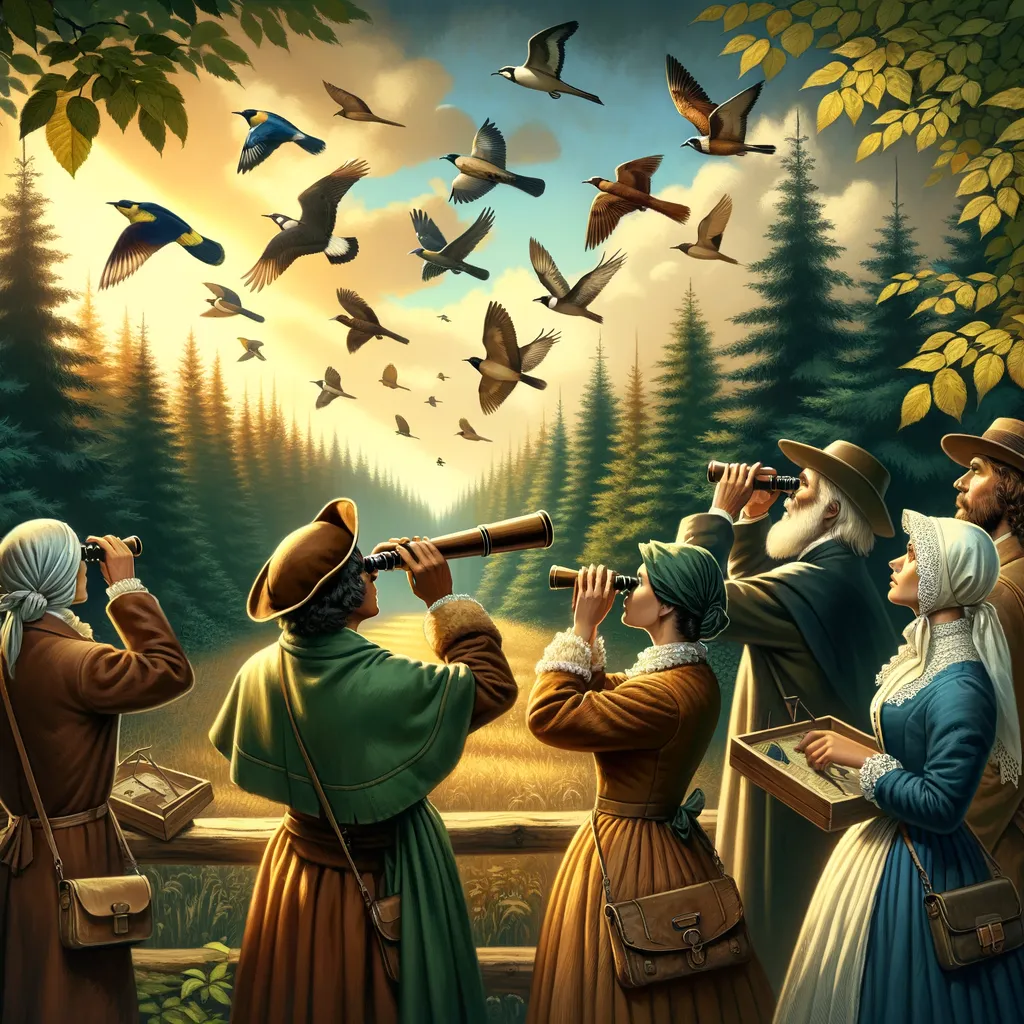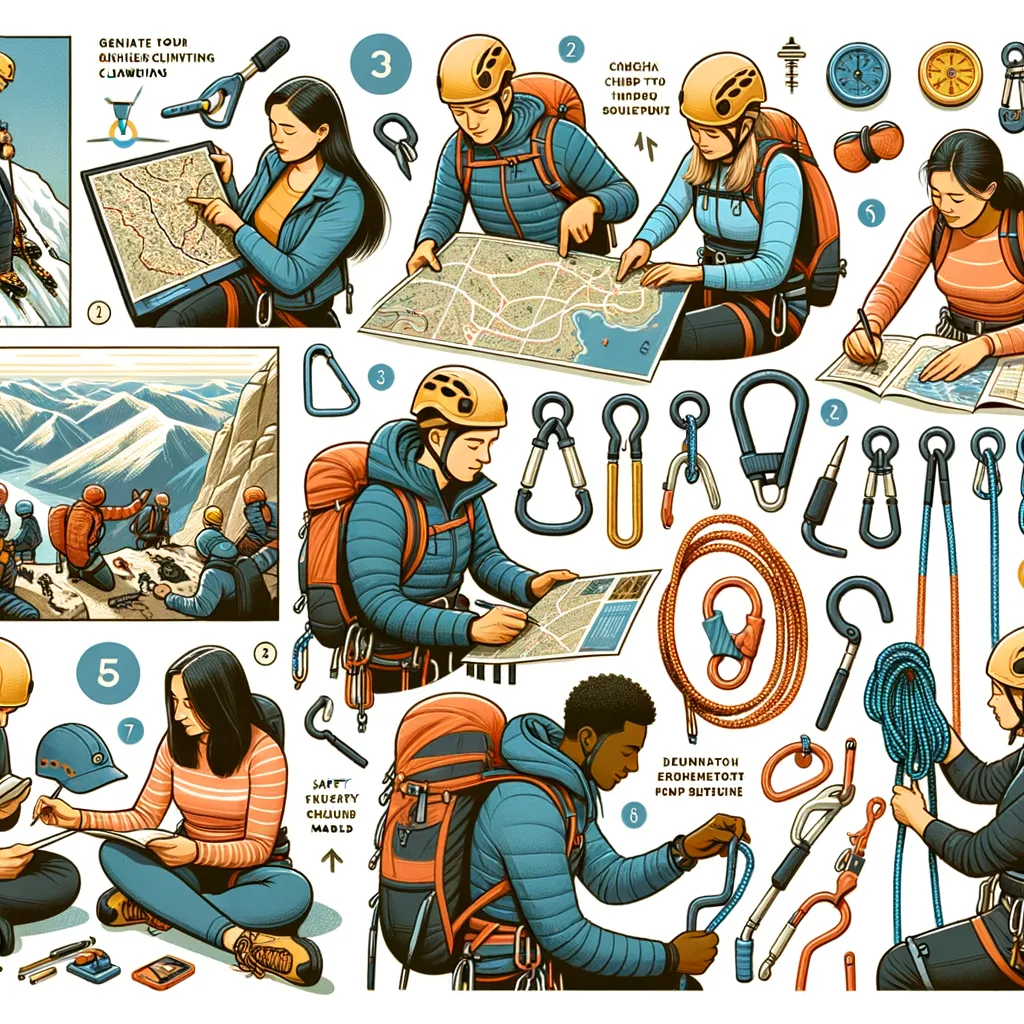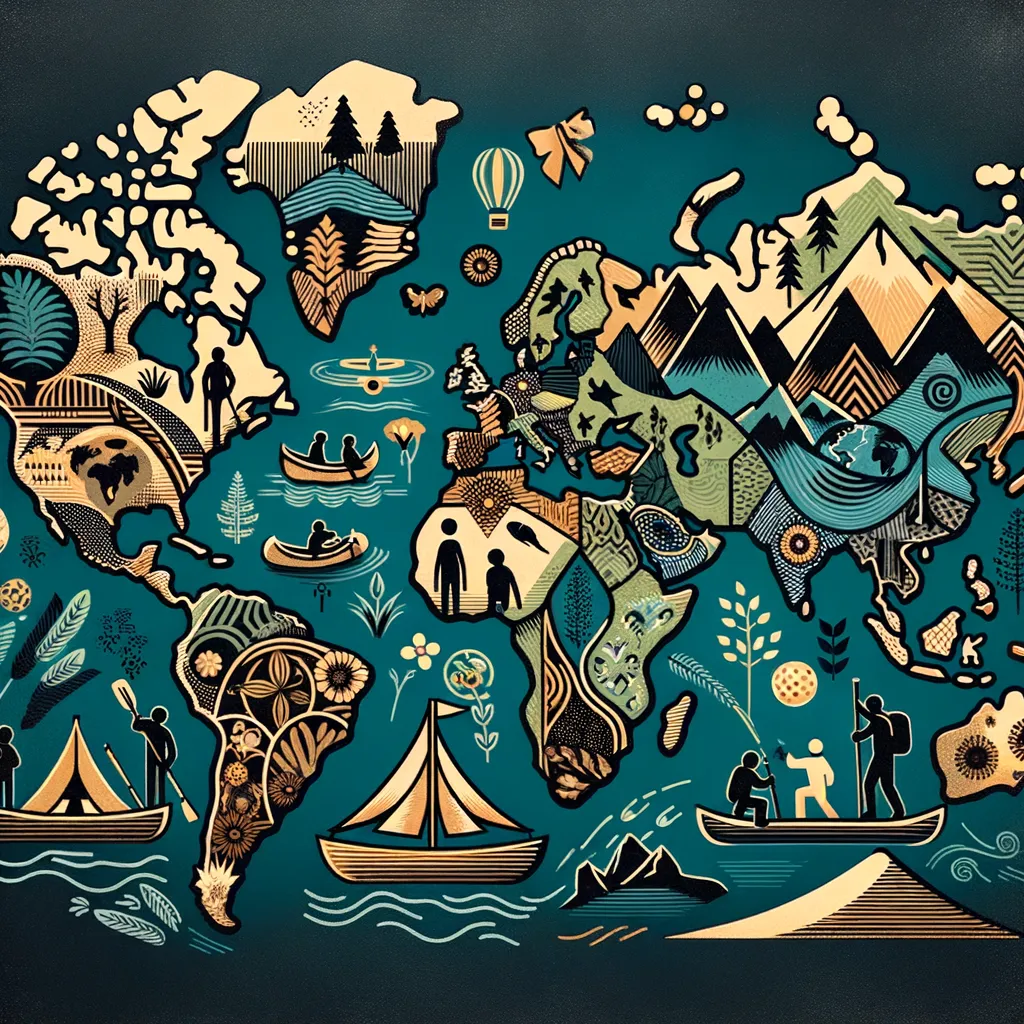Unfolding the Wings of History: A Guide to Bird Watching for Parents
Welcome, dear parents, to a fascinating journey through time and feathers! In this guide, we’re about to embark on an adventure that spans centuries, exploring the historical perspectives on bird watching. This activity, more than just a hobby, is a portal to understanding not only the avian world but also our place within the natural fabric. So, grab your binoculars, and let’s dive into the enchanting history of bird watching, an activity that brings families closer to nature and to each other.
Before we take off on this historical flight, remember that preparing for outdoor activities is crucial. Camping gear and tips on how to enjoy the great outdoors safely can be found at Collins Camping and Outdoors, your go-to resource for all outdoor adventures. Further, to quench your thirst for more Outdoors Info, don’t miss the treasure trove of facts and safety tips available to make your bird-watching journey safe and enjoyable.
Bird watching, or birding, as it’s affectionately known among enthusiasts, is an age-old activity that has captivated humans for millennia. From the ancient practices of observing birds for omens and signs to the Victorian era’s ornithological studies, the fascination with birds and their habits has deeply rooted itself in human culture and science.
The origins of bird watching trace back to prehistoric times when humans and birds shared a profound connection, mediated through survival, spirituality, and symbolism. Early humans, deeply intertwined with their environment, observed birds with keen interest, learning from their behaviors and migrations. These observations were not only practical—guiding hunting, planting, and migration patterns—but also imbued with spiritual significance.
As civilizations evolved, so did the human interest in birds. Ancient Egyptians revered birds, integrating them into their gods’ representations and using their feathers for adornments. Similarly, Indigenous cultures across the world have long considered birds as messengers of the gods, embodying spirits and guiding humans through life.
Moving forward into the Middle Ages, birds continued to be subjects of fascination, though the focus shifted somewhat. Falconry, for example, became a popular sport among the nobility, illustrating the shift in human-bird relationships from reverence and coexistence to domination and control. However, it wasn’t until the Renaissance that humans began to study birds systematically.
The Renaissance spurred a renewed interest in the natural world, leading to more detailed observations and the beginning of ornithology as a science. This period saw the publication of works that meticulously cataloged and described bird species, marking a significant shift in how humans interacted with birds. The invention of the printing press further facilitated the spread of ornithological knowledge, making it accessible to a wider audience.
However, it was during the 18th and 19th centuries that bird watching as we know it began to take shape. This era, marked by the advent of the Industrial Revolution, saw a growing interest in nature as an escape from urbanization’s encroaching reach. It was during this time that individuals started pursuing bird watching for pleasure, assembling field guides, and advocating for bird conservation.
The conservation movement gained momentum in the early 20th century, significantly shaping the bird-watching community’s ethos. Pioneers like John James Audubon and Roger Tory Peterson made significant contributions to birding and conservation, raising awareness about the importance of protecting bird habitats.
Today, bird watching has evolved into a popular global pastime, enjoyed by millions who find joy, peace, and purpose in observing these magnificent creatures. Modern technology, including bird identification apps and online communities, has made birding more accessible and informative, fostering a deeper connection between people and the natural world.
In this comprehensive guide, we’ll explore the various facets of bird watching through history, offering insights and tips on how to introduce this enriching activity to your family. Get ready to spread your wings into the past, present, and future of birding, a journey that promises to be as enlightening as it is delightful.
Embarking on a Timeless Journey: Historical Perspectives on Bird Watching for Parents
Welcome to an enlightening exploration designed for parents eager to delve deep into the tapestry of history with their families through bird watching. As we navigate through time, we uncover the layers of how observing birds has grown from a necessity to a cherished hobby. This guide aims to weave together the past, present, and future of birding, providing a comprehensive view that will enrich your family’s outdoor adventures.
Before you step out into the vastness of nature equipped with binoculars and enthusiasm, it’s essential to prepare adequately for what lies ahead. Visit Collins Camping and Outdoors for top-notch gear recommendations, and don’t forget to immerse yourself in valuable outdoors information at Outdoors Info. These resources are your first steps towards a safe and enjoyable bird-watching experience.
The tradition of bird watching stretches far back into prehistory, where early humans not only hunted birds but revered them, gleaning survival techniques and spiritual guidance from their habits. Through the epochs—from the Egyptians to indigenous cultures and beyond—birds have been adored, their images capturing the human fascination in art, literature, and religion.
The Renaissance and subsequent ages brought a scientific lens to bird watching, leading to the detailed documentation of species and behaviors. It set the stage for the bird watching we know today: a blend of recreational enjoyment, scientific inquiry, and conservation efforts. Bridging the gap between past and present, bird watching offers a unique vantage point from which to view the natural world and our impact upon it.
Turning to the present day, technological advancements have transformed bird watching into an accessible and shared pursuit. Amidst this progress, the essence of bird watching—as a means to connect with nature and each other—remains unchanged, echoing the curiosity and awe that our ancestors felt.
In preparing for a journey through the historical perspectives on bird watching, here are five essential insights for parents:
- Educate on the Importance of Conservation: Understanding the history of bird watching is incomplete without grasping the conservation efforts that have saved countless species from extinction. Share with your children the stories of conservation heroes like John James Audubon and Roger Tory Peterson to instill a deep respect for nature and the importance of preserving it.
- Develop Observation Skills: Bird watching sharpens the senses and encourages patience and quiet. Teach your children how to observe quietly and patiently, skills that are invaluable in both bird watching and life.
- Introduce the Science and Art of Birding: Birding is both a scientific endeavor and an art. Introduce your children to the basics of ornithology and the artistic representations of birds throughout history, highlighting the intersection of science, art, and nature.
- Explore Technological Tools: Leverage modern technology to enhance the bird-watching experience. Use apps and websites to identify species, record sightings, and join a community of birdwatchers. This introduces a modern element to the historical practice, making it more engaging for the digital generation.
- Engage with Bird Watching Communities: Participate in local or online bird watching groups. This offers you and your children the opportunity to learn from others, share experiences, and feel part of a larger community of nature enthusiasts.
As we draw inspiration from the past and look towards the future, bird watching remains a profound way to connect with the natural world and each other. It offers a unique blend of education, recreation, and conservation, enriching our lives in countless ways.
In embarking on this timeless journey with your family, you are not just observing birds; you are participating in a tradition that spans the ages, contributing to a legacy of appreciation and protection of our natural world. Ending our adventure into the historical perspectives on bird watching, we hope this guide inspires you and your family to spread your wings and explore the rich tapestry of birding—a journey that promises enlightenment, joy, and a profound connection with nature.
Disclaimer
The articles available via our website provide general information only and we strongly urge readers to exercise caution and conduct their own thorough research and fact-checking. The information presented should not be taken as absolute truth, and, to the maximum extent permitted by law, we will not be held liable for any inaccuracies or errors in the content. It is essential for individuals to independently verify and validate the information before making any decisions or taking any actions based on the articles.




